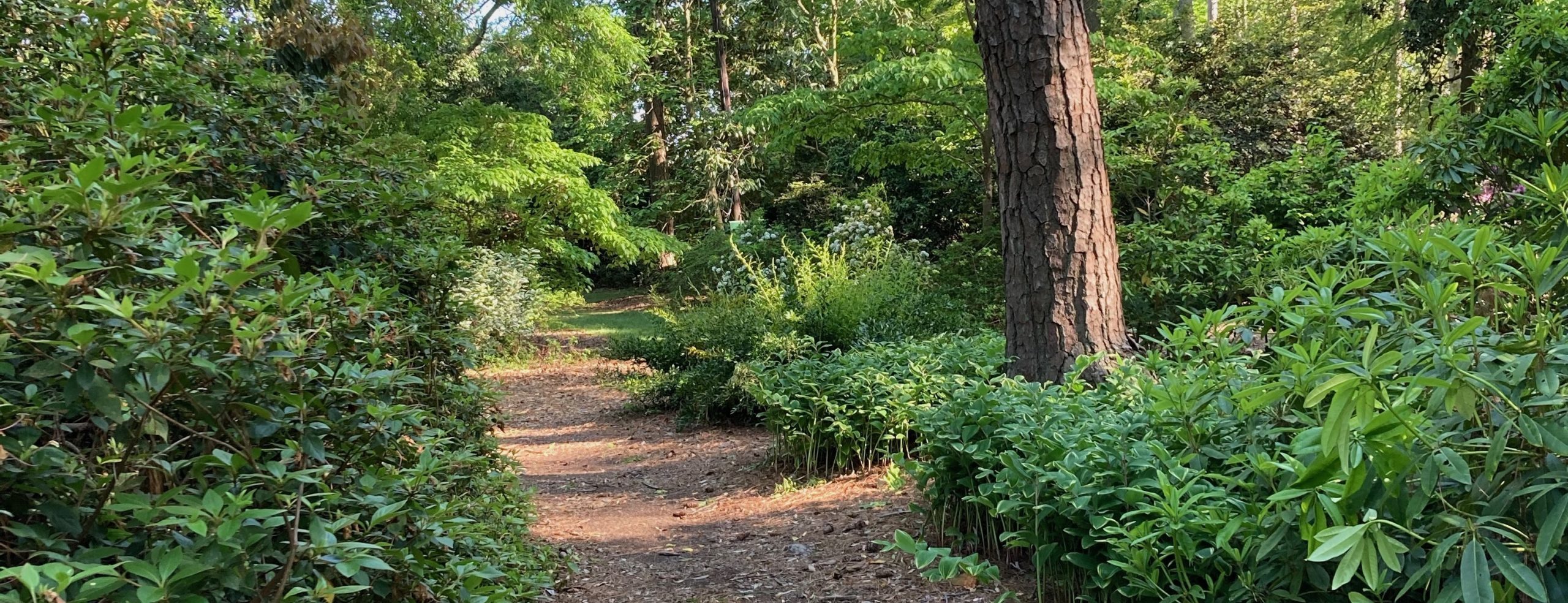 I am a huge jigsaw puzzle fan. Oh, it’s been a while since I put one together on my kitchen table; I seem to be too busy doing something else these days—writing. You know the drill. Worldbuilding, working out plot, defining and enlivening characters who you then “put up a tree and pepper with rocks.” As you also know, none of that is as easy as it sounds. In a conversation with a gym acquaintance last week, he asked how hard it could be to write stories. I began to answer his question and about three minutes in, he frowned and said, “Damn, you’re really into that stuff.”
I am a huge jigsaw puzzle fan. Oh, it’s been a while since I put one together on my kitchen table; I seem to be too busy doing something else these days—writing. You know the drill. Worldbuilding, working out plot, defining and enlivening characters who you then “put up a tree and pepper with rocks.” As you also know, none of that is as easy as it sounds. In a conversation with a gym acquaintance last week, he asked how hard it could be to write stories. I began to answer his question and about three minutes in, he frowned and said, “Damn, you’re really into that stuff.”
Duh.
But this morning it occurred to me that writing a story/novel/essay/memoir is very similar to putting together a puzzle. You start out with an idea (picture on the box), begin to visualize your story’s world and design its characters (open the box, lay out the pieces), construct a rough outline or framework–if you engage in plotting at all (separate the pieces with flat sides which form the frame/edge). Once all these pieces are together in one place, you begin to piece it together. For those writers who like to wing it and don’t plot anything ahead of time, perhaps this analogy would be more akin to WASGIJ jigsaws puzzles that don’t show you the finished picture, only a clue to what it will be. You more or less have to figure it out as you go. Sound familiar, pantsers?
When I work a jigsaw puzzle, I always put together the edges first, and work inward from there. If I know what the image is supposed to look like, I can find obvious pieces that fit together to form a flower or a car or a person, then set it aside to work on another. Or I can find pieces that match patterns displayed in the frame. There’s no one right way to piece together a puzzle.
It’s the same with writing. Every writer has a process that works for them. When I write a story—whether novel length or short-story (I’ve not tried flash yet)—I take a similar approach. I have an image in my head of what the story is about, what it wants to convey, and I frame it with boundaries, which direct the work that follows. Sometimes I write a scene that won’t leave me alone, then set it aside to add later when it best fits. Most times, I work from a “beat sheet” (thanks, Larry Brooks), moving from the beginning of the “frame” to the end. I usually add “unplanned” scenes only after the majority is written and I can see a hole where the story demands more detail or a connection must be made. There are also the “aha!” scenes where I had a new vision for a way to make something happen in the story. Those are always exciting to write.
On several occasions, I’ve written short stories without any plan at all. I just sat down and started writing, letting the characters and the setting determine the direction of the tale. Those are fun, but can be challenging, like a puzzle that has no image on its completed surface. Its defining point is its shape alone. (I’ve not tried a jigsaw like that, but I’d love to. They’re out there!)
Writing, though, is like trying to put together a jigsaw puzzle that has a bazillion extra pieces—character backstory or historical events in the story’s world or what have you—that could fit, and would add color and intrigue or flavor. The problem with using every single piece is that the story then bulges beyond the frames of the writer’s intent or the reader’s interest. The whole becomes unwieldy, bogged down in unnecessary details that detract from the story’s main focus (the puzzle’s picture). It is up to the writer to put it all in, and then weed out the pieces that do not serve the story.
As a side note, I finished the first draft of my sequel novel on Saturday and sat down to begin re-reading the first book in that series. My fiction intensive class will be critiquing it tomorrow, so I wanted to have it fresh in my mind. Interestingly, I found things on my own that could/should be tweaked or even cut; they were those extra pieces that detract from the overall picture. I also found connections to the second book (the one I just finished drafting), little foreshadowings and bits that lead right into events in the second book that I didn’t plan. They just worked out that way to my happy surprise. Maybe that’s because I did plot out book two (and three) while I was still writing book one, and just don’t remember. Seeing them made me think of my trilogy as a series of puzzles that, when completed, will connect to each other to reveal a larger picture. Those little “Easter eggs” are like pieces of the jigsaw whose teeth or maws sit at the edge of book one just waiting for the matching pieces in book two to snap in and further reveal the overall design.
Cool!
If you had to pick some non-writing activity as an analogy for your writing process, what would it be?
Image courtesy of Pixabay.
